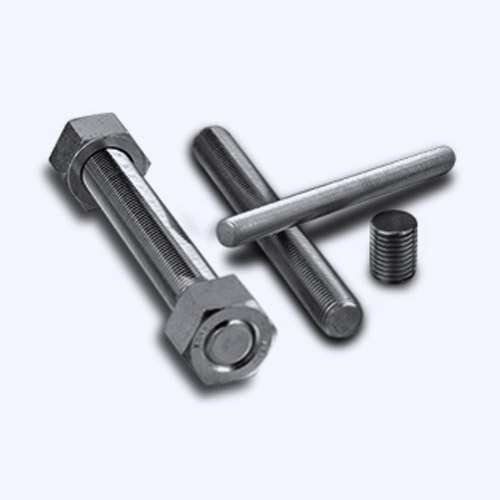Dec . 12, 2024 15:39 Back to list
Understanding Flat Head Screws and Their Applications in Various Industries
Understanding Flat Head Screws A Comprehensive Overview
Flat head screws are a vital component in various applications across multiple industries, from construction to electronics. Characterized by their distinctive flat, conical heads, these screws play an essential role in ensuring a flush finish in assembly processes. This article will provide an in-depth look at flat head screws, covering their design, types, applications, and advantages.
Design Features of Flat Head Screws
Flat head screws are designed with a head that is wider than the shank, allowing for flush installation. The flat surface of the head is critical in applications where a smooth finish is desired. This feature prevents snagging or interference with other components, making flat head screws ideal for surfaces where aesthetics and functionality intersect.
Typically, flat head screws are driven using a slotted or Phillips screwdriver, although some may accommodate other drive types, such as Torx or hex. The choice of drive type can significantly impact the ease of installation; for example, Phillips screws provide a better grip and minimize cam-out during installation, making them a popular choice among manufacturers.
Types of Flat Head Screws
Flat head screws come in various materials, including stainless steel, brass, and carbon steel, each offering unique properties suited to specific applications. For instance, stainless steel flat head screws are corrosion-resistant, making them perfect for outdoor and marine applications. In contrast, brass screws are often used in electronics due to their excellent conductivity and non-magnetic properties.
Moreover, flat head screws can be classified based on their thread types, which can be coarse or fine
. Coarse threads are generally preferred for wood applications, offering better grip and resistance against stripping. Fine threads, on the other hand, are used in metal applications, as they provide a stronger hold over metal surfaces.flat head screw

Applications of Flat Head Screws
Flat head screws are widely employed in numerous applications. One of the most common uses is in woodworking, where they are utilized to secure two wooden pieces together while maintaining a flush surface. The aesthetic appeal of a flat installation makes them suitable for visible furniture joints, cabinetry, and other wood products.
In the automotive industry, flat head screws are often used to assemble body panels and internal components, where a smooth finish is critical for safety and attractiveness. Similarly, in electronics, they secure circuit boards, ensuring that components are held firmly in place without protruding, which could interfere with other parts or cause damage.
Additionally, flat head screws are found in various machinery and appliances. They play a crucial role in securing components in place, ensuring stability and function while maintaining a clean appearance that is often important in consumer products.
Advantages of Flat Head Screws
The advantages of flat head screws are numerous. Their flush installation not only provides aesthetic value but also minimizes the risk of injury caused by protruding screw heads. This feature makes them a safer choice in many applications, particularly in environments where users may come into contact with the assembled product.
Moreover, the flat design allows for even weight distribution, reducing the risk of the materials splitting, especially in softer substrates like wood. Additionally, flat head screws can be fastened tightly thanks to their larger bearing surface, which spreads the load and increases holding power.
In conclusion, flat head screws are an indispensable part of modern manufacturing and assembly processes. Their unique design, coupled with diverse material options and thread types, allows them to cater to various applications and industries. With advantages such as a flush finish, enhanced safety, and improved load distribution, flat head screws continue to be a popular choice among engineers, manufacturers, and builders alike. Understanding their characteristics and applications can lead to better decision-making in selecting the right hardware for specific tasks, ultimately contributing to the success of projects across the board.


